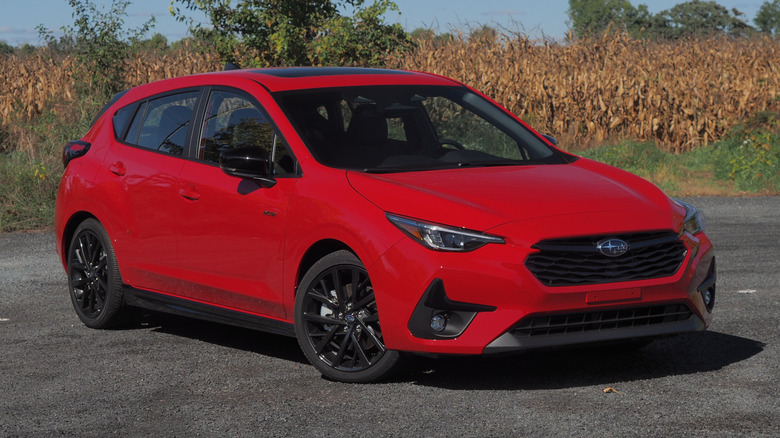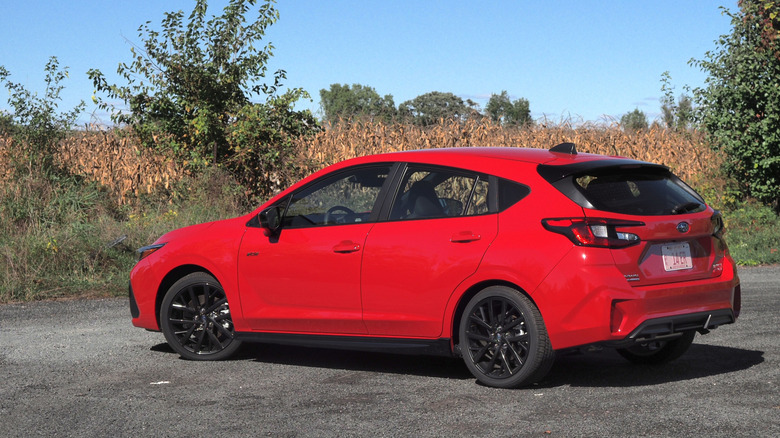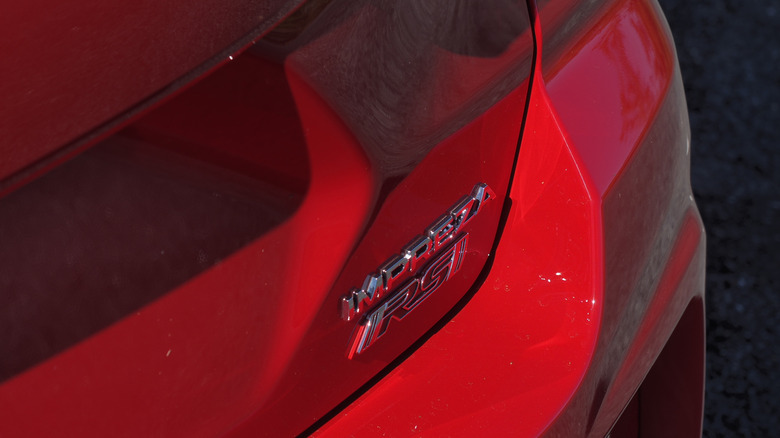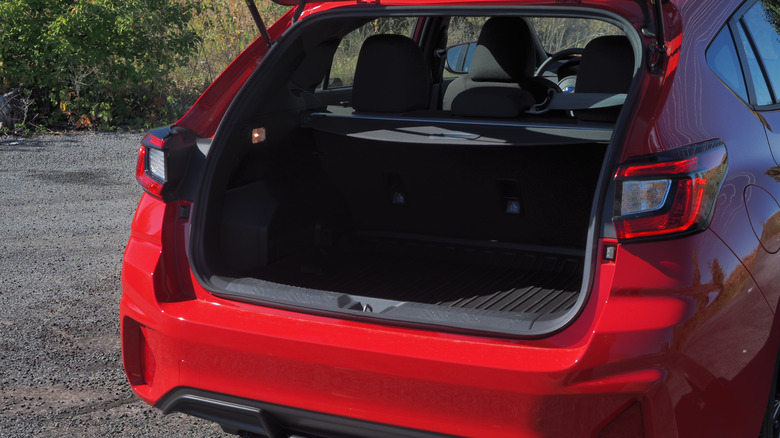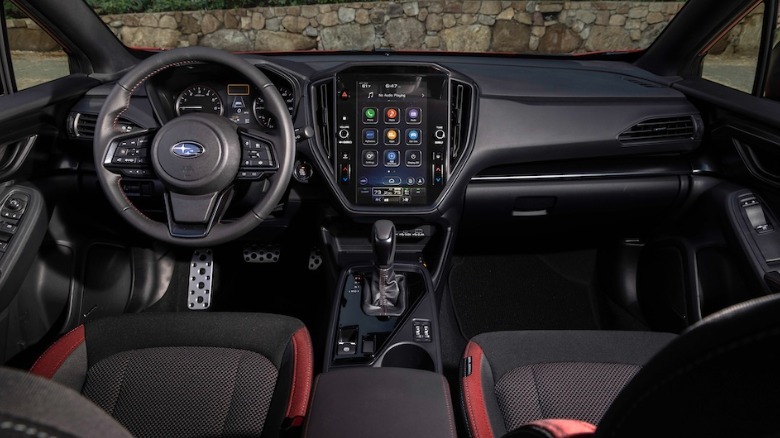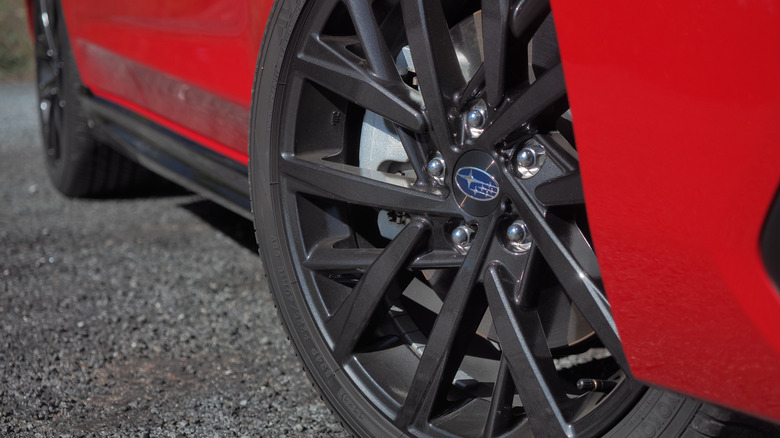Subaru's New Impreza Isn't What Fans Want, But It's What Buyers Need
Times change, nameplates evolve, and familiar friends grow up into something not quite so recognizable. Subaru's Impreza carved a space in the brains of many for its rally days, a blue and gold flash piloted by racing icons like Colin McRae. These days, its achievements are far more humble, though arguably far more valuable with it.
The average price for a new car in the U.S. now exceeds $50,000, a figure both impressive and terrifying. A perfect storm — or perhaps that should be perfect plague — of COVID shutdowns followed by misguided tariffs have coincided with fears of recession and less disposable income. Navigating the used car market already felt tricky; now finding a good deal is positively arcane.
And amid all that, the 2026 Impreza has apparently decided that nobody really wants a road-legal rally car anymore. No, they want an affordable hatchback.
Already sensible, now simpler too
Rather than credit Subaru with too much prescience, it's worth noting that the Impreza's transition from backroad gadfly to dull-but-dependable daily driver has been underway for some time now. The fifth-generation (produced between 2016 and 2023) was already sensible. This sixth-generation car, launched in 2023, wasn't so much a reinvention of that as a paring back of lingering excesses.
Gone was the manual option previously offered; absent was the sedan. By the time this 2026 model year arrived, Subaru had axed a third of the trims: the particularly spartan Base model was retired, leaving only the Impreza Sport (from $27,765, including $1,170 destination) and the Impreza RS (from $30,665). Usually that also comes with a not-inconsiderable shove upwards for remaining prices, but Subaru's 2026 bump amounts to $245 at most.
There's a big delta between those numbers and the average new car sales price right now, though a fair-sized delta above what you'd pay on average for a used car. That — for passenger cars specifically, Carfax says — landed at just short of $19,000 in September 2025.
More power in the RS, but don't get too excited
Used cars don't come with that new car smell, of course, and probably don't match the Impreza's three-year / 36,000-mile warranty (rising to five years / 60,000 miles for the powertrain coverage). Subaru famously gives you all-wheel drive as standard, too. The entry Sport has a 2.0-liter four-cylinder gas engine with 152 horsepower and 145 lb-ft of torque; the RS goes slightly bigger, with a 2.5-liter four-cylinder offering 180 hp and 178 lb-ft.
The RS' extra grunt is welcome, but piped through the standard CVT — no manual option anymore, remember — this Impreza is a far cry from its earlier generations. There's a sport mode with slightly sharper throttle response, but little about this car screams performance. Adequacy is the name of the game.
Right now, I suspect that's a selling point in itself. So, too, is the Impreza's above-billed fuel economy: both engines are rated for 29 mpg combined, but a week's mixed driving landed me at 33 mpg in the RS.
Practically speaking
Most of the usual Subaru pros and cons apply here. The Impreza's cabin is reasonably spacious and its cloth-covered seats firm but comfortable. The front seats are manually adjusted as standard, and you'll need the All-Weather Package to add heating to them. Dual-zone climate control is nice for the price, and Subaru's EyeSight Driver Assist package is pretty comprehensive for active-safety tech, though blind-spot detection, emergency lane-keep assist, and rear cross-traffic alerts are only standard on the RS (they're an option on the Sport).
Subaru's 11.6-inch infotainment touchscreen is standard and still frustrating to use (just like in the automaker's other models, like the 2025 Legacy) Tapping the seat heating button after a cold start, and then waiting a minute or so for the system to register that tap, suggest the tech is writing checks the processor struggles to cash.
Wireless Apple CarPlay and Android Auto at least let you hide Subaru's UI, and the RS gets a wireless phone charger along with a second set of USB-A/C ports to satisfy those in the rear seats.
The right car for the right time
None of this is likely to wow shoppers looking at other, new cars, but they're features that might be absent on used models. And it bears mentioning that Subaru vehicles are known for their solid residual values. While sedans and hatchbacks may not be as popular these days as SUVs and crossovers, KBB estimates a three-year-old Impreza may only have depreciated 34%.
It's not only the Impreza that has grown up and graduated into sensible middle-age, of course. Most of Subaru's line-up is eminently practical, and given the current state of the economy that feels like a wise strategy.
Drivers of a certain age may get misty-eyed at the memory of rally beasts with gold wheels and bright blue paintwork, but these days going sideways financially seems much more likely than sideways on a dirt track through a forest. Nice as it might be for Subaru to reclaim those old glory days, a cheap new Impreza makes a lot more sense today.
